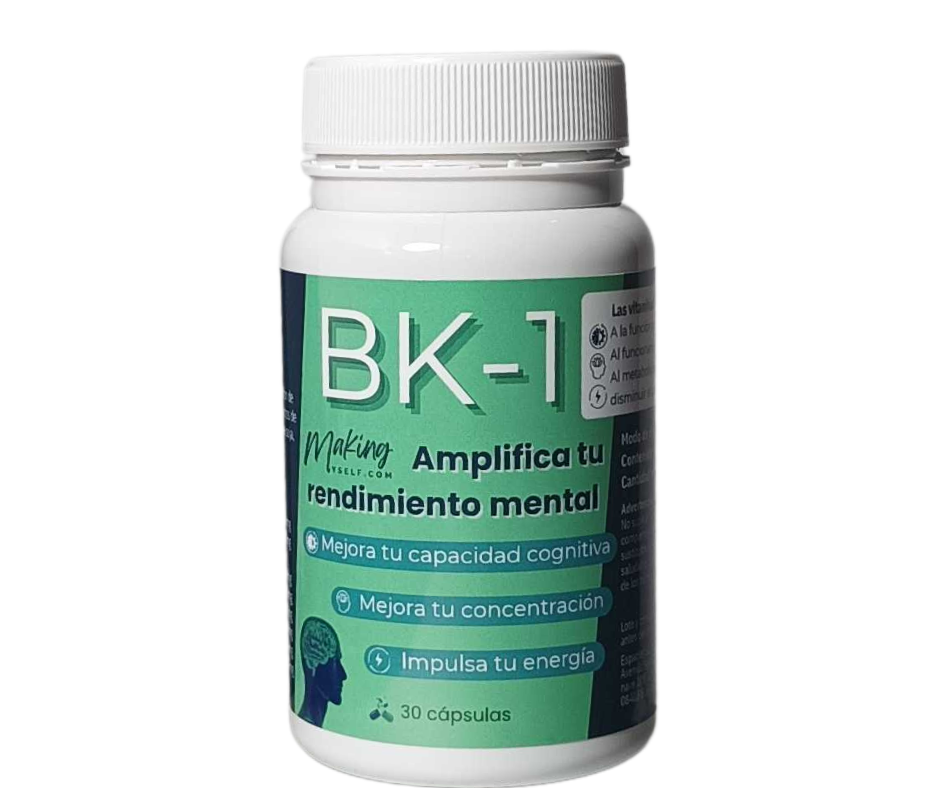Loading biohack content...
Biohack
Loading...
Loading biohack summary...
The biohack you're looking for doesn't exist or couldn't be loaded.
Loading biohack summary...
Loading biohack content...

Enjoyed this biohack? Complement your biological optimization with BK-1, the nootropic that improves focus, memory and mental clarity.
Enjoyed this biohack? Download our app and access hundreds of biohacks, mental models and personal optimization tools wherever you go.